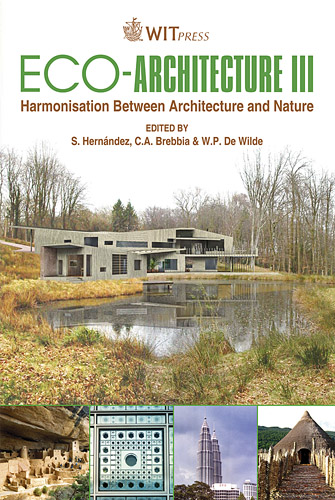The Role Of Passive Systems In Providing Comfort In Traditional Houses In Isfahan: A Case Study Of The Karimi House
Price
Free (open access)
Transaction
Volume
128
Pages
10
Page Range
271 - 280
Published
2010
Size
768 kb
Paper DOI
10.2495/ARC100231
Copyright
WIT Press
Author(s)
Z. Khashei
Abstract
This paper concentrates on the passive systems of vernacular houses in Isfahan, using the Khaneh Karimi (Karimi House) as a case study. Passive systems may serve as a solution for the energy crisis in the world and the advantage of vernacular houses in Isfahan is the use of these systems. The high effective temperature caused by intensive radiation and the low level of moisture in the summer and cold weather in the winter are considered as critical climatic conditions in Isfahan; one of the solutions is to design vernacular houses. This paper aims at describing the role of each of the architectural elements, as passive systems, in making comfort in vernacular houses in Isfahan. In this case study of the Karimi House, elements such as a Badgir (wind catcher), a Hozkhaneh (basin room) and the use of air conditioning, a hoz (basin) and a baghche (small garden) in Hayat Markazi are considered as passive cooling systems for providing moisture and air ventilation in the summer and an Ivancheh (small veranda), using solar energy through Hayat Markazi and suitable materials for reserving heat in the winter, are considered as passive heating systems. Finally, the role of architectural design for creating passive systems in accordance with regional climatic conditions is manifested, using a qualitative method and the description of a sample in this paper. Keywords: passive systems, heat comfort, critical climatic conditions, vernacular houses in Isfahan.
Keywords
passive systems, heat comfort, critical climatic conditions, vernacular houses in Isfahan





